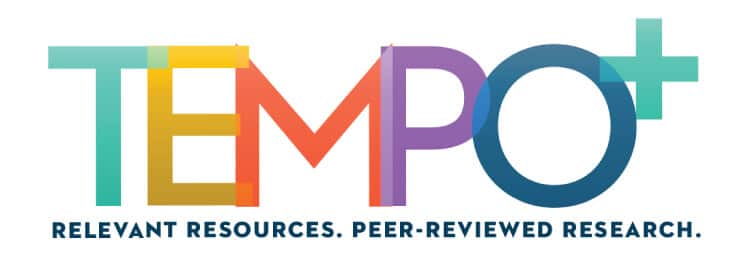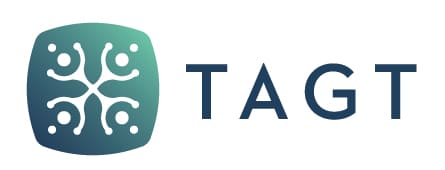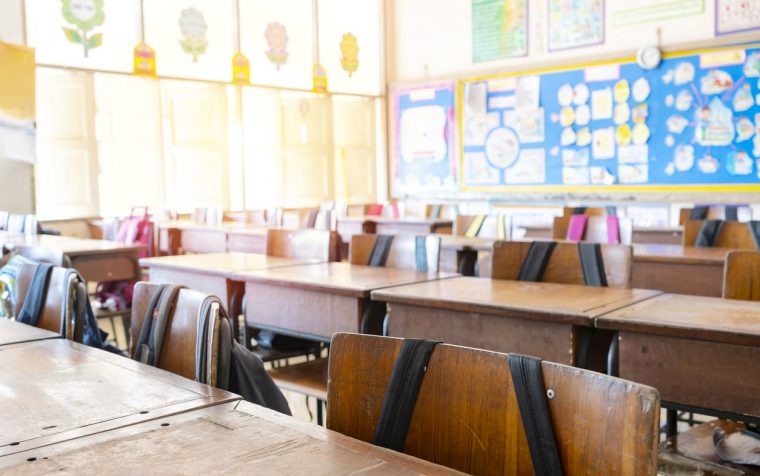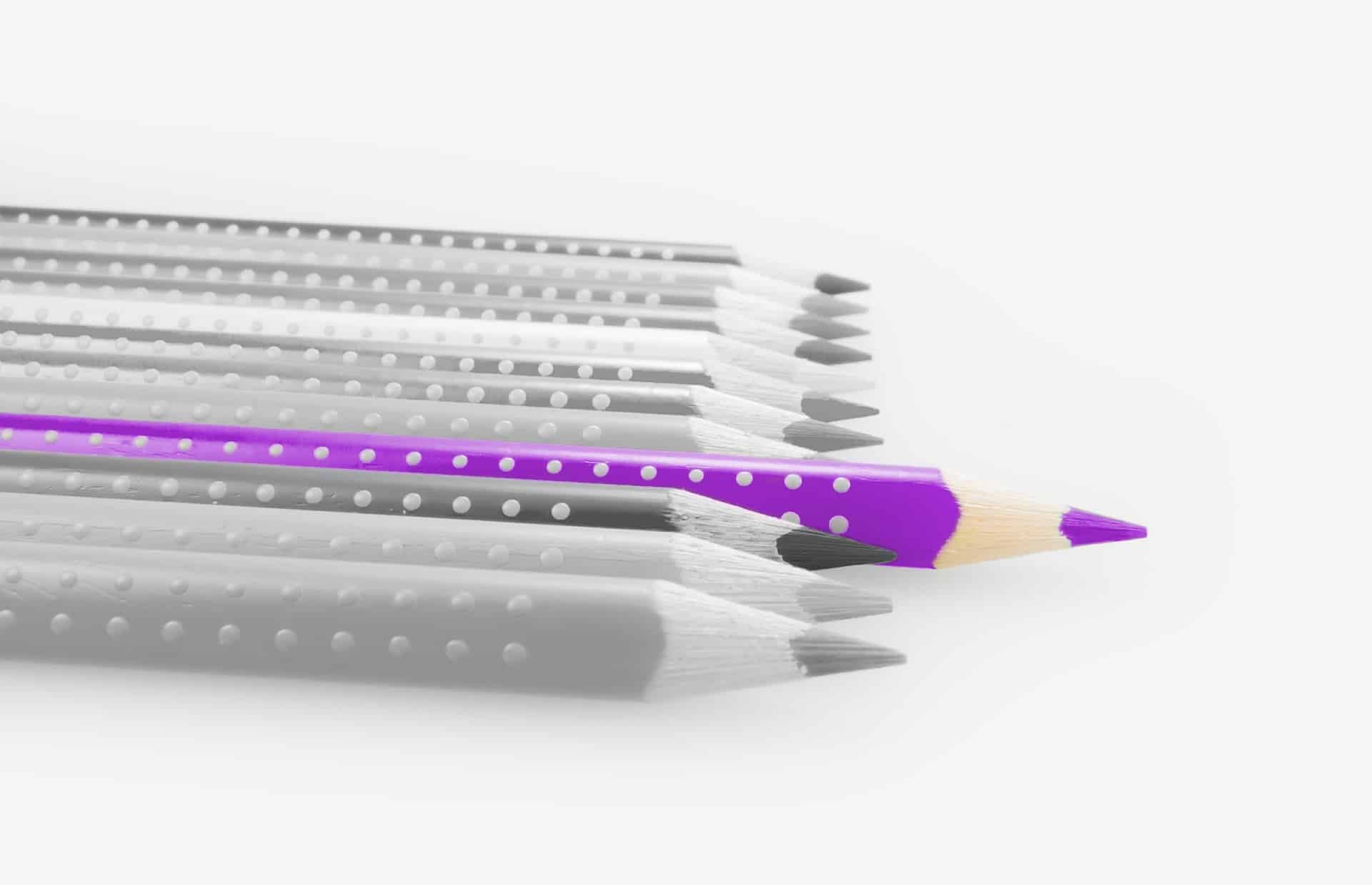An ongoing challenge facing our schools is adequately serving our gifted students raised in poverty. With approximately 20% of the school population living in poverty (Jiang, Ekono, & Skinner, 2015), many school districts are encountering a dual problem: finding and identifying gifted students raised in poverty and discovering ways to help these students succeed academically.
Background
Since the mid-1960s, the literature has documented the difficulties students from poverty face when entering the school system (Coleman et al., 1966; Sirin, 2005; White, 1982). These children enter school with a lack of academic readiness (Coleman et al., 1966; Duncan & Brooks-Gunn, 1997; Hart & Risley, 1995; Hopson & Lee, 2011; Sirin, 2005). In addition, many lack early exposure to the stimulating cognitive activities that help build the vocabulary and language structure necessary for later academic success (Coley, 2002; Evans, 2004; Hart & Risley, 1995; Murnane, 2007).
According to Phillips (2011), high-income children spend 90 minutes more per week on literacy activities than children from families of lower socioeconomic statuses (SES). Thus, by the time they enter school, children from poverty have spent approximately 400 fewer hours building their language skills and vocabularies. This disparity supports the findings of Hart and Risley (1995), who described how differences in vocabulary levels tend to vary by income level. They found 3-year-old children from professional homes had an average vocabulary of 1,116 words, while children of the same age, but raised in poverty, had an average vocabulary of 525 words.
Likewise, Tough (2009) documented certain differences in conversations in middle class homes versus households living in poverty, reporting that parents in middle class homes uttered an average of 487 statements or words per hour. In contrast, this number fell to 179 for parents of households living in poverty. Therefore, students living in poverty tend to experience only a limited number of the rich language development opportunities that are readily available to students from middle income households.
What Schools Need to Understand
If schools look only to performances on achievement tests and classroom grades as indicators of potential giftedness, gifted students raised in poverty may be overlooked. For many years, we have been involved with testing the intelligence levels of students raised in poverty in order to discover the best ways to find and serve them through educational programs.
Intelligence Testing and Low-SES Students
Properly assessing intelligence is essential to identifying gifted and talented students (Warne, 2016). Many theorists have agreed that intelligence can be divided into two main component categories: fluid (nonverbal) and crystallized (verbal; Carroll, 1993; Horn & Cattell, 1966; Lakin & Lohman, 2011; Lohman, 2005). Several scholars (e.g., Cattell, 1971; Cattell & Horn, 1978; Reynolds & Kamphaus, 2003) have stated that nonverbal scores—or fluid intelligence—indicate the potential to learn, while verbal scores—or crystallized intelligence—indicate a readiness to learn. Because verbal (rather than nonverbal) ability is more strongly correlated with academic achievement (Benbow & Stanley, 1996; Lakin & Lohman, 2011), it is important for schools to use intelligence tests that measure both verbal and nonverbal abilities (Kaya, Juntune, & Stough, 2015; Warne, 2009).
Even when students from low-SES backgrounds are successfully identified and placed in gifted education programs, they may face difficulties. Over the past 5 years, we tested approximately 2,000 students (kindergarten through fifth grade) from two schools in a West Texas school district using the Reynolds Intellectual Assessment Scale (RIAS). All students in this sample were enrolled in either the free or reduced lunch program, were in mixed-ability classrooms, and included the full range of ability levels. The results revealed statistically significant gaps between students’ verbal and nonverbal intelligence scores. Table 1 displays the mean verbal and nonverbal scores: 89.06 and 109.43, respectively.
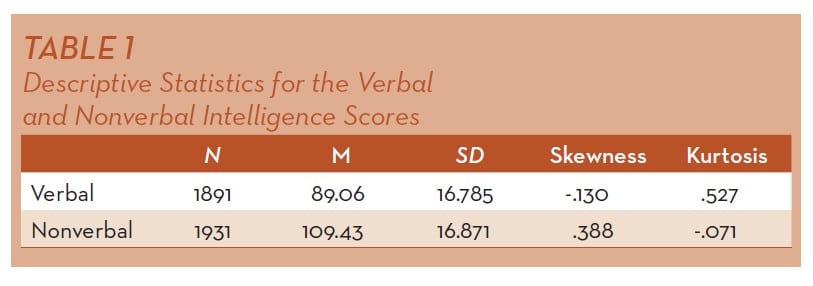
The standard mean score was 100, with a standard deviation (SD) of 15; the results show the verbal mean was 10.94 points lower than the standard verbal mean. In addition, the nonverbal mean was 9.43 points higher than the standard nonverbal mean. Thus, there was a 20.37 point difference, which represents more than 1 SD.
Table 2 shows the verbal and nonverbal means across the various grade levels. The scores indicate some fluctuation across grades levels; however, for the majority of students, the gap between the verbal and nonverbal scores generally continued across all grade levels.
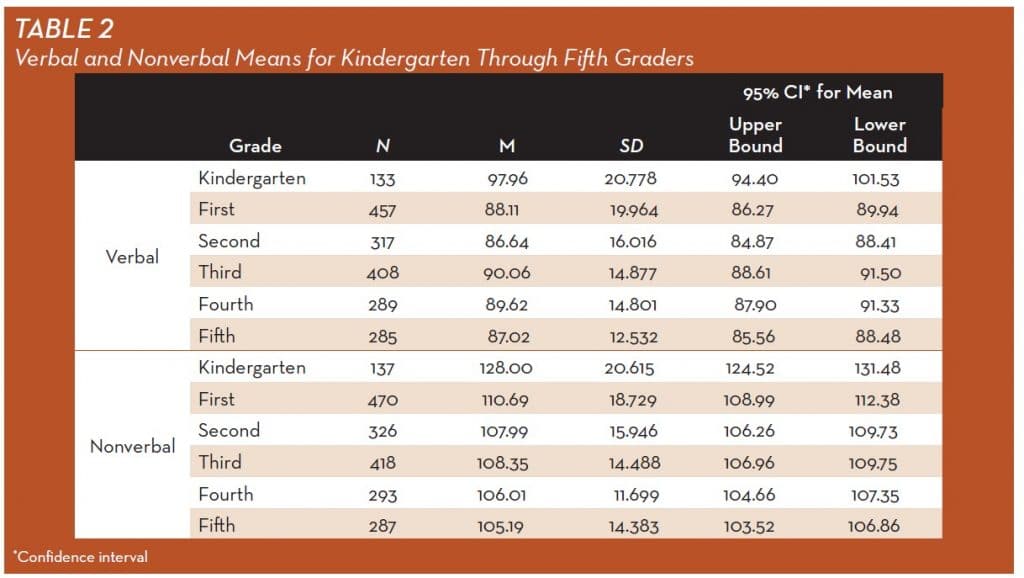
Students at each grade level were divided into three groups (below-average ability, average ability, and above-average ability), based on their RIAS nonverbal IQ scores. Above-average students had nonverbal IQ scores equal to or higher than 115, which was the cutoff point set by the school district for identifying gifted and talented students. Above-average students had nonverbal IQ scores at least 1 SD above the mean. Similarly, below-average students had nonverbal IQ scores at least 1 SD below the standard mean. Average students had nonverbal scores within 1 SD of the standard mean. A comparison of the means across the three ability groups is presented in Table 3.
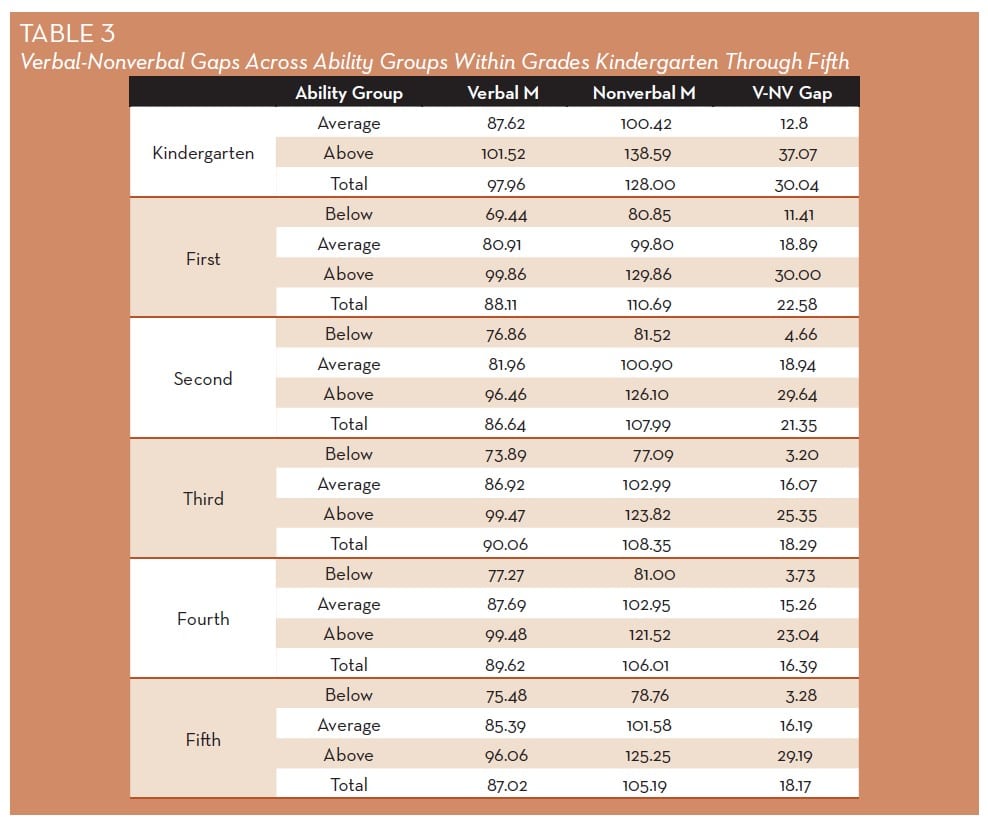
Comparing the relationships among the verbal and nonverbal IQ scores across the three ability levels in each grade allowed us to see how the verbal scores and verbal-nonverbal gaps differed according to the students’ nonverbal scores. All reported gaps between the verbal and nonverbal mean scores were in favor of the nonverbal mean scores. This suggests that the students’ fluid (nonverbal) intelligence levels were higher than their crystallized (verbal) intelligence levels. That is, the students had the capacity to learn, but not the readiness.
In general, all students, regardless of their grade level, had significant gaps between their verbal and nonverbal intelligence scores. The students in the average ability group had larger gaps than the students in the below-average ability group. Similarly, the students in the above-average ability group generally had the largest verbal-nonverbal gaps. Also notable was the absence of any significant increases or decreases in the score gaps of students in kindergarten through fifth grade.
Educational practices and schooling can foster intelligence (Cahan & Cohen, 1989; Cattell, 1963; Dweck, 2009; Horn, 1978). In addition, people can apply their fluid intelligence to areas of learning and acquire crystallized intelligence (Cattell, 1971; Jensen, 1998). However, the results of this study show that unless targeted intervention exists, education and schooling will not foster students’ crystallized intelligence, even when students have average or above-average fluid intelligence scores. Therefore, appropriate educational opportunities and learning practices must be created so students can develop advanced verbal abilities.
Intelligence Tests as Diagnostic Tools
Many school districts use nonverbal intelligence tests in their gifted student identification process (Lakin & Lohman, 2011; Lewis, DeCamp-Fritson, Ramage, McFarland, & Archwamety, 2007). However, when schools identify gifted students primarily by their nonverbal IQ scores, such schools may actually create academic problems for these students instead of benefits. Success in academic coursework is correlated with verbal, rather than nonverbal, IQ scores; therefore, schools using nonverbal IQ scores as the primary measurement may inadvertently set students up for academic failure. Both gifted and advanced academic programs rely heavily on strong verbal skills. Thus, additional measures should be used to ensure students’ success.
Considering verbal IQ scores along with nonverbal IQ scores can provide useful information about academic performance. Because verbal abilities, rather than nonverbal activities, are indicators of academic performance (Benbow & Stanley, 1996), using verbal scores is important. Students living in poverty may have underdeveloped verbal abilities, yet evidence nonverbal abilities comparable to their peers. Although using nonverbal tests or nonverbal parts of IQ tests may allow more students from poverty to be placed in gifted and talented programs and advanced academic courses, such placement may have unintended negative consequences. If educators do not understand the relationship between verbal intelligence and achievement, students with high nonverbal but low verbal scores will never be adequately served in existing gifted programs. The knowledge gained from examining the verbal and nonverbal scores (and the gaps between them) will provide schools with diagnostic data important to the design of services for gifted students living in poverty; such services will emphasize the development of verbal abilities for students with high nonverbal scores and better prepare these students for academic success.
Recommendations
Instructional strategies designed to build verbal abilities could make a difference for students living in poverty. One such strategy is mindsketching. Mindsketching involves capturing an image of a concept or idea in one’s mind by using only a few lines of text and then verbalizing one’s thoughts to a partner. This strategy helps build verbal capabilities through the use of both nonverbal and verbal abilities. Students who have well-developed nonverbal abilities are encouraged to use them when attempting to understand and remember academic content. In addition to mindsketching, verbal memory activities and exercises designed to build complex language skills are examples of instructional interventions that can be used by classroom teachers (Juntune & 120 Creative Corner, 1987).
During activities designed to build complex language structures, teachers should encourage students to speak in complete sentences (rather than single words or phrases). Verbal memory activities include small-group round-robin exercises based on previously studied content. In this type of activity, the first person describes a concept from the unit of study. The second person repeats the concept given by the first, and then adds another concept or idea from the unit. The third repeats the ideas from the previous two participants and adds another. The activity continues around the group, two to three times. By using activities such as this round-robin exercise, students are building verbal memory, are immersed in phrasing complexities, and are taught to build upon one another’s language models in a way that fosters academic success.
Intervention programs designed to build verbal skills should be implemented as early as possible, so students with lower verbal abilities have plentiful opportunities to develop these abilities prior to any placement decisions that might be made regarding gifted programs. Individual teachers in classrooms with low-SES students should be encouraged to implement mindsketching as a vehicle for synthesizing and remembering written content. Concentrated efforts must be made to ensure that both teachers and students communicate in complete sentences, thus giving students from poverty multiple opportunities to hear and produce thoughts in ways that develop their verbal skills.
Conclusion
The results of this research shed light on a common dilemma: Although many students with high nonverbal scores may have the potential to learn and be placed in gifted programs, their academic advancement is hindered by their lack of verbal ability as evidenced by their lower verbal scores. It is, therefore, likely that low-SES students will get caught up in a perpetual academic struggle, at least until schools properly understand how verbal intelligence is related to achievement. The data show that such problems will not rectify themselves; active intervention is required. Educators must make a concentrated effort to build the verbal intelligence levels of low-SES students who demonstrate high nonverbal but low verbal abilities. By doing so, educators can increase the possibility of their success in advanced academic coursework, especially in areas where high verbal abilities are necessary. Many students living in poverty have the raw talent to succeed academically but need our educational expertise to intervene and assist them in building the skills required to bridge the academic achievement gap.
References
Benbow, C. P., & Stanley, J. C. (1996). Inequity in equity: How “equity” can lead to inequity for high-potential students. Psychology, Public Policy, and Law, 2, 249–292. doi:10.1037//1076-8971.2.2.249
Cahan, S., & Cohen, N. (1989). Age versus schooling effects on intelligence development. Child Development, 60, 1239–1249. doi:10.2307/1130797
Carroll, J. B. (1993). Human cognitive abilities: A survey of factor-analytic studies. New York, NY: Cambridge University Press.
Cattell, R. B. (1963). The theory of fluid and crystallized intelligence: A critical experiment. Journal of Educational Psychology, 54, 1–22. doi:10.1037/h0046743
Cattell, R. B. (1971). Abilities: Their structure, growth, and action. Boston, MA: Houghton-Mifflin.
Cattell, R. B., & Horn, J. L. (1978). A check on the theory of fluid and crystallized intelligence with description of new subtest designs. Journal of Educational Measurement, 15, 139–164. doi:10.1111/j.1745-3984.1978.tb00065.x
Coleman, J. S., Campbell, E., Hobson, C., McPartland, J., Mood, A., Weinfeld, F., & York, R. (1966). Equality of educational opportunity. Washington, DC: U.S. Government Printing Office.
Coley, R. J. (2002). An uneven start: Indicators of inequality in school readiness. Princeton, NJ: Educational Testing Service.
Duncan, G. J., & Brooks-Gunn, J. (1997). Consequences of growing up poor. New York, NY: Russell Sage Foundation.
Dweck, C. (2009). Can we make our students smarter? Education Canada, 49(4), 56–57.
Evans, G. W. (2004). The environment of childhood poverty. American Psychologist, 59(2), 77–92.
Hart, B., & Risley, T. R. (1995). Meaningful differences in the everyday experience of young American children. Baltimore, MD: Paul H. Brookes.
Hopson, L. M., & Lee, E. (2011). Mitigating the effect of family poverty on academic and behavioral outcomes: The role of school climate in middle and high school. Children and Youth Services Review, 33, 2221–2229.
Horn, J. L. (1978). Human ability systems. In P. B. Baltes (Ed.), Life-span development and behavior (Vol. 1, pp. 211–255). New York, NY: Academic Press.
Horn, J. L., & Cattell, R. B. (1966). Refinement and test of the theory of fluid and crystallized general intelligence. Journal of Educational Psychology, 57, 253–270. doi:10.1037/h0023816
Jensen, A. R. (1998). The g factor: The science of mental ability. Westport, CT: Praeger.
Jiang, Y., Ekono, M., & Skinner, C. (2015). Basic facts about low-income children: Children under 18 years, 2013. New York, NY: National Center for Children in Poverty, Mailman School of Public Health, Columbia University.
Juntune, J. E. (Producer), & 120 Creative Corner (Director). (1987). Mindsketching: Sketching techniques to improve the power of visualization in learning and retention. [Video] Circle Pines, MN.
Kaya, F., Juntune, J., & Stough, L. (2015). Intelligence and its relationship to achievement. Elementary Education Online, 14, 1060–1078.
Lakin, J. M., & Lohman, D. F. (2011). The predictive accuracy of verbal, quantitative, and nonverbal reasoning tests: Consequences for talent identification and program diversity. Journal for the Education of the Gifted, 34, 595–623. doi:10.1177/016235321103400404
Lewis J. D., DeCamp-Fritson S. S., Ramage J. C., McFarland M. A., & Archwamety T. (2007). Selecting for ethnically diverse children who may be gifted using Raven’s Standard Progressive Matrices and Naglieri Nonverbal Abilities Test. Multicultural Education, 15(1), 38–42.
Lohman, D. F. (2005). The role of nonverbal ability tests in identifying academically gifted students: An aptitude perspective. Gifted Child Quarterly, 49, 111–138. doi:10.1177/001698620504900203
Murnane, R. J. (2007). Improving the education of children living in poverty. The Future of Children, 17, 161–182. doi:10.1353/foc.2007.0019
Phillips, M. (2011). Parenting, time use, and disparities in academic outcomes. In G. J. Duncan & R. J. Murnane (Eds.), Whither opportunity? (pp. 207–228). New York, NY: Russell Sage Foundation.
Reynolds, C. R., & Kamphaus, R. W. (2003). Reynolds Intellectual Assessment Scales and the Reynolds Intellectual Screening Test professional manual. Lutz, FL: Psychological Assessment Resources.
Sirin, S. R. (2005). Socioeconomic status and academic achievement: A meta-analytic review of research. Review of Educational Research, 75, 417–453. doi:10.3102/00346543075003417
Tough, P. (2009). Whatever it takes: Geoffrey Canada’s quest to change Harlem and America. Boston, MA: Mariner Books.
Warne, R. T. (2009). Comparing tests used to identify ethnically diverse gifted children: A critical response to Lewis, DeCamp-Fritson, Ramage, McFarland, & Archwamety. Multicultural Education, 17(1), 48–53.
Warne, R. T. (2016). Five reasons to put the g back into giftedness: An argument for applying the Cattell-Horn-Carroll theory of intelligence to gifted education research and practice. Gifted Child Quarterly, 60, 3–15. doi:10.1177/0016986215605360
White, K. (1982). The relation between socioeconomic status and academic achievement. Psychological Bulletin, 9, 461–481.
Joyce Juntune, Ph.D., is an instructional associate professor in the Department of Educational Psychology at Texas A&M University in College Station, TX. Prior to coming to Texas A&M, Dr. Juntune served as the Executive Director for the National Association for Gifted Children for 10 years and the American Creativity Association for 5 years. She currently teaches graduate and undergraduate courses in educational psychology, child development, intelligence, and creativity. She is coordinator of the undergraduate minor in creative studies and the online master’s degree program in cognition and creativity. Her current research focus is on building academic success in high-ability students raised in poverty.
Fatih Kaya, Ph.D., is an associate professor in the Department of Educational Sciences and Department Head for the Department of Special Education at Gaziosmanpasa University in Tokat, Turkey. He received his bachelor’s degree in guidance and psychological counseling from Bogazici University in İstanbul, Turkey and his Ph.D. in the cognition, creativity, intelligence, and development program in the Department of Educational Psychology at Texas A&M University. He currently teaches graduate and undergraduate courses in gifted and talented education, intelligence, creativity, educational psychology, and child development. His research interests focus on gifted and talented education, intelligence, and achievement in gifted students from poverty.
Sue Tyrrell, Ph.D., is an assistant professor of English at Cameron University in Lawton, OK, where she teaches English education courses to preservice teachers, as well as supervises both student teachers and mentors first-year teachers. She earned her Ph.D. from Texas A&M University, where she studied giftedness, intelligence, and creativity. In working with preservice teachers, Sue focuses on teaching gifted education strategies that will help all students, as well as serve gifted students, who, in some areas of the state, may not have special services or programs that help them maximize their potential in the classroom.
